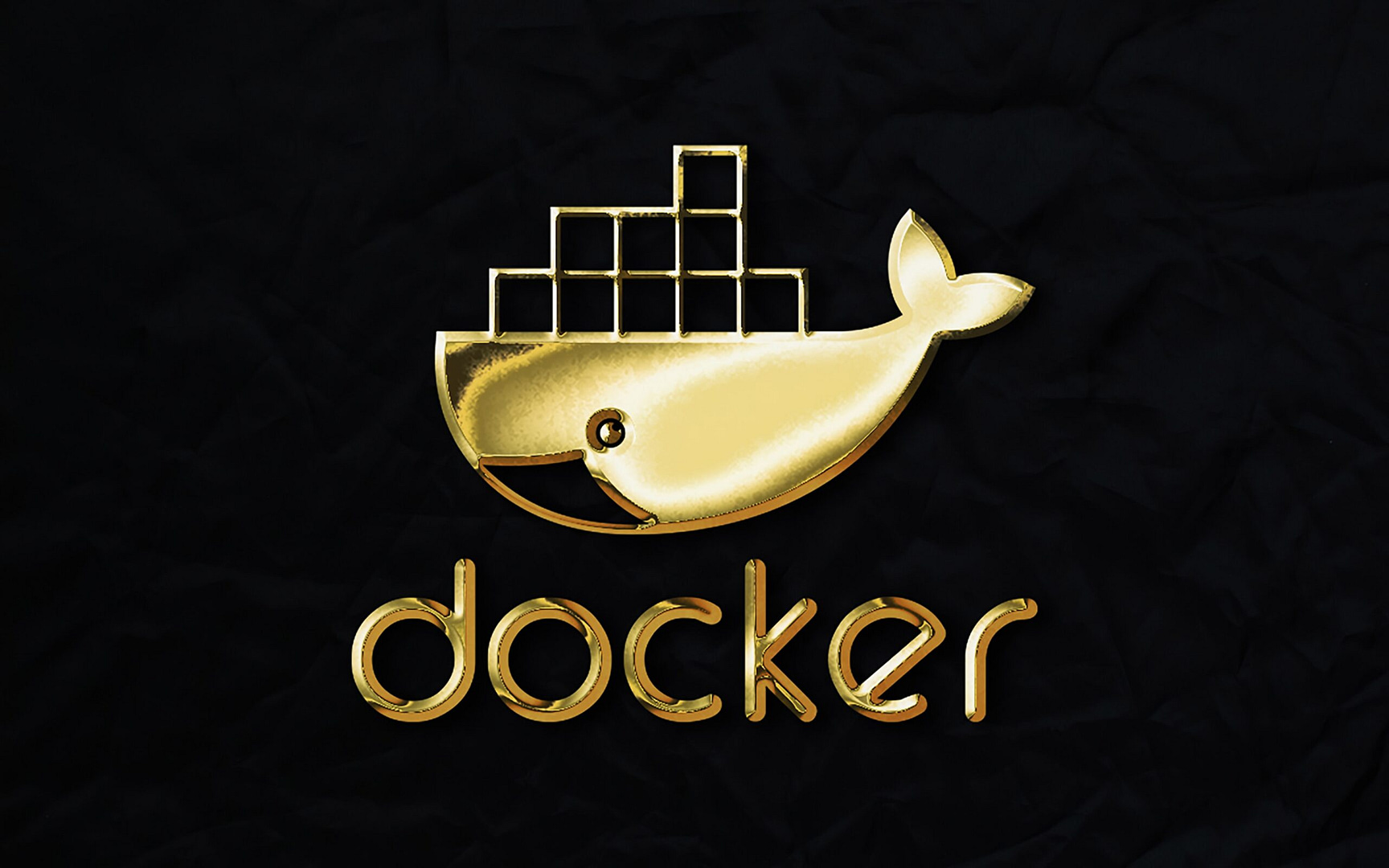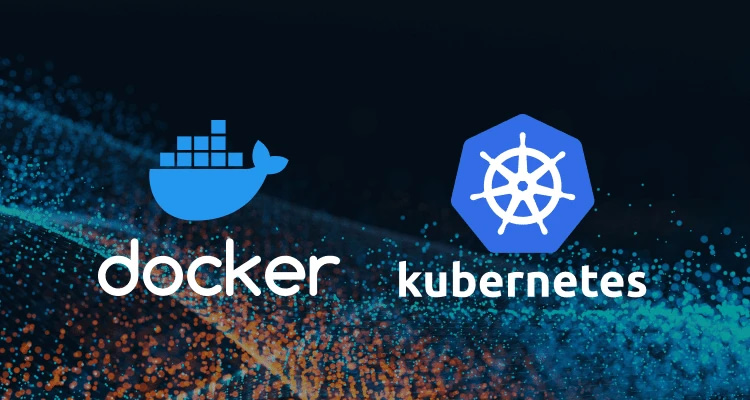
Blog Articles
Kubernetes Best Practices: Building Reliable Clusters
Table of Contents
Introduction
Kubernetes has become the de facto container orchestration platform for managing containerized applications at scale. As organizations increasingly adopt Kubernetes in production environments, it’s crucial to follow best practices to ensure the reliability, scalability, and maintainability of your clusters. In this comprehensive guide, we’ll explore key best practices for designing, deploying, and operating reliable Kubernetes clusters.
What is Kubernetes ?
Kubernetes is an open-source container orchestration platform designed to automate the deployment, scaling, and management of containerized applications. It provides a framework for efficiently deploying and managing container workloads, ensuring high availability, scalability, and ease of maintenance in distributed environments. Kubernetes abstracts the underlying infrastructure, making it easier to deploy and manage applications consistently across various environments.
1. Cluster Architecture and Design
Node Configuration
Optimize node configuration based on workload requirements. Ensure nodes have sufficient CPU, memory, and storage. Leverage node pools to group nodes with similar characteristics, making it easier to scale and manage resources.
Example:
|
1 2 3 4 5 6 7 8 9 10 11 12 13 14 15 |
apiVersion: v1 kind: Pod metadata: name: example-pod spec: containers: - name: example-container image: nginx resources: requests: memory: "64Mi" cpu: "250m" limits: memory: "128Mi" cpu: "500m" |
Networking
Implement a robust networking solution to enable communication between pods and external services. Use CNI plugins for network policies, and consider a service mesh for advanced traffic management.
High Availability
Design for high availability by distributing nodes across multiple availability zones. Use tools like kube-scheduler to spread pods across nodes and zones, ensuring resilience to node failures.
2. Resource Management
Pod Resource Requests and Limits
Set resource requests and limits for pods to prevent resource contention. This helps Kubernetes make intelligent scheduling decisions and ensures fair resource distribution.
Example:
|
1 2 3 4 5 6 7 |
resources: requests: memory: "64Mi" cpu: "250m" limits: memory: "128Mi" cpu: "500m" |
Horizontal Pod Autoscaling (HPA)
Automatically adjust the number of pod replicas based on resource utilization or custom metrics. Implement HPA to scale applications dynamically and efficiently.
Example:
|
1 2 3 4 5 6 7 8 9 10 11 12 13 14 15 16 17 18 |
apiVersion: autoscaling/v2beta2 kind: HorizontalPodAutoscaler metadata: name: example-hpa spec: scaleTargetRef: apiVersion: apps/v1 kind: Deployment name: example-deployment minReplicas: 1 maxReplicas: 10 metrics: - type: Resource resource: name: cpu target: type: Utilization averageUtilization: 80 |
Node Resource Management
Regularly monitor and adjust node resources to accommodate changing workloads. Utilize tools like Cluster Autoscaler to dynamically adjust the number of nodes based on resource demand.
3. Security Best Practices
Role-Based Access Control (RBAC)
Implement RBAC to control access to Kubernetes resources. Assign appropriate roles and permissions to users and service accounts, following the principle of least privilege.
Example:
|
1 2 3 4 5 6 7 8 |
apiVersion: rbac.authorization.k8s.io/v1 kind: Role metadata: name: pod-reader rules: - apiGroups: [""] resources: ["pods"] verbs: ["get", "list"] |
Network Policies
Define network policies to control pod-to-pod communication. Segment traffic to minimize attack surfaces and enhance the security of your Kubernetes cluster.
Example:
|
1 2 3 4 5 6 7 8 9 10 11 12 13 |
apiVersion: networking.k8s.io/v1 kind: NetworkPolicy metadata: name: allow-nginx spec: podSelector: matchLabels: app: nginx ingress: - from: - podSelector: matchLabels: role: frontend |
Secrets Management
Store sensitive information such as API keys and database credentials securely using Kubernetes Secrets. Regularly rotate secrets and monitor access to ensure data integrity.
Example:
|
1 2 3 4 5 6 7 8 |
apiVersion: v1 kind: Secret metadata: name: database-credentials type: Opaque data: username: <base64-encoded-username> password: <base64-encoded-password> |
4. Logging and Monitoring
Centralized Logging
Aggregate logs from all pods and containers to a centralized logging solution. Tools like Fluentd or Elasticsearch can help in efficiently storing and querying logs.
Monitoring with Prometheus and Grafana
Set up Prometheus for collecting and querying metrics, and Grafana for visualization. Create custom dashboards to monitor cluster health, resource utilization, and application performance.
Alerts and Notifications
Establish alerting rules to notify administrators of potential issues. Integrate with tools like PagerDuty or Slack for timely incident response.
5. Application Deployment
Rolling Updates
Deploy application updates without downtime using rolling updates. Kubernetes gradually replaces old pods with new ones, ensuring a smooth transition.
Example:
|
1 |
kubectl set image deployment/example-deployment example-container=new-image:tag |
Canary Deployments
Test new releases with a subset of users by implementing canary deployments. Gradually increase the rollout to minimize the impact of potential issues.
Example:
|
1 2 3 4 5 6 7 8 9 10 11 12 13 14 15 16 |
apiVersion: networking.k8s.io/v1 kind: Ingress metadata: name: canary-ingress spec: rules: - host: canary.example.com http: paths: - path: / pathType: Prefix backend: service: name: canary-service port: number: 80 |
Blue-Green Deployments
Maintain two identical production environments, allowing for seamless switches between them. Blue-green deployments minimize downtime during updates.
Example:
|
1 2 3 4 |
kubectl apply -f green-deployment.yaml kubectl apply -f service.yaml kubectl apply -f ingress.yaml kubectl apply -f blue-deployment.yaml |
Conclusion
In the ever-evolving realm of container orchestration, adherence to Kubernetes best practices is pivotal and by following these you can design, deploy, and operate reliable clusters that provide a solid foundation for running containerized applications at scale.
References:

Get a Fast Estimate on Your Software Development Project
We are committed to delivering high-quality IT solutions tailored to meet the unique needs of our clients. As part of our commitment to transparency and excellence, we provide detailed project estimations to help our clients understand the scope, timeline, and budget associated with their IT initiatives.
Related Blog Posts









